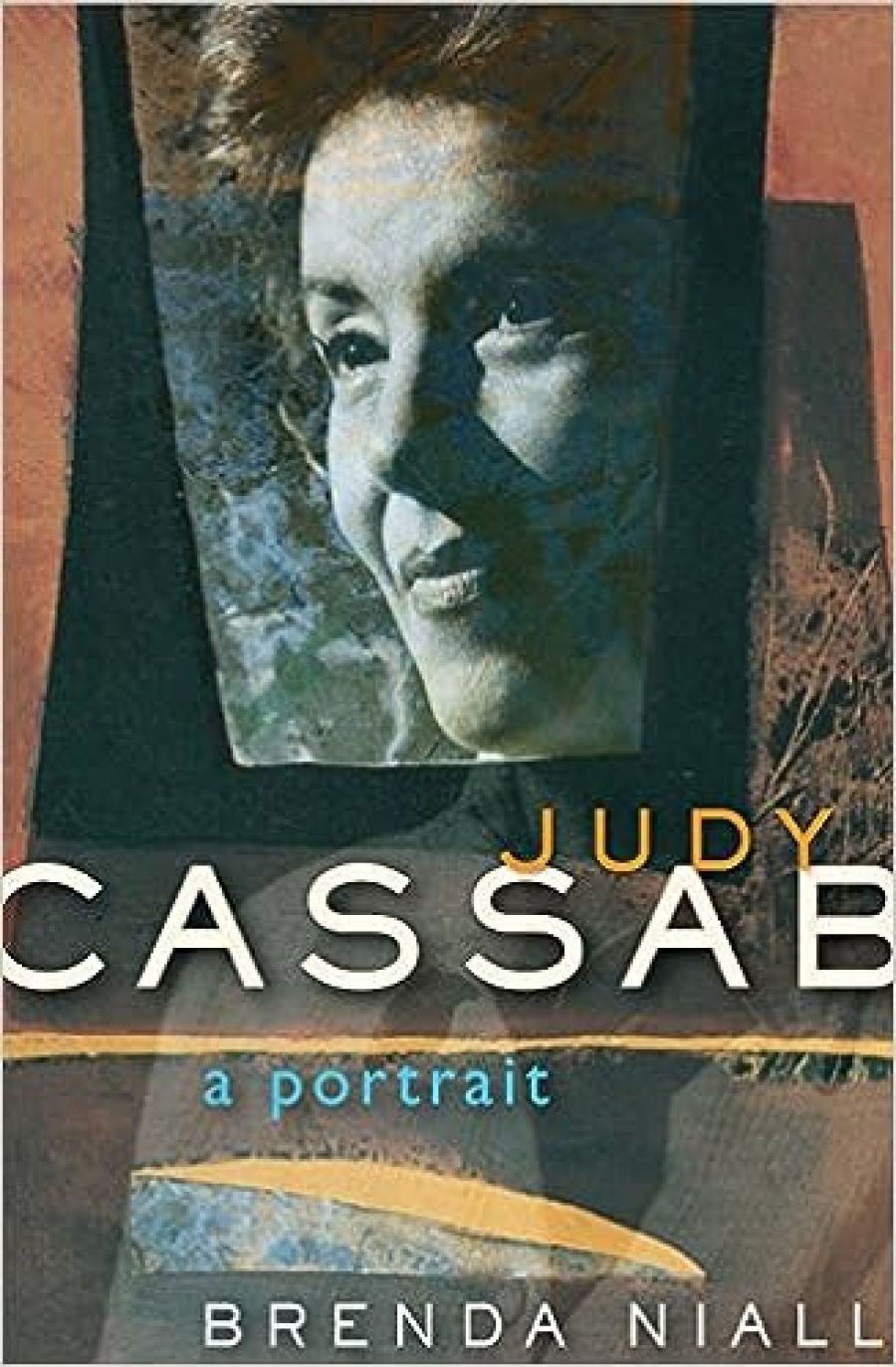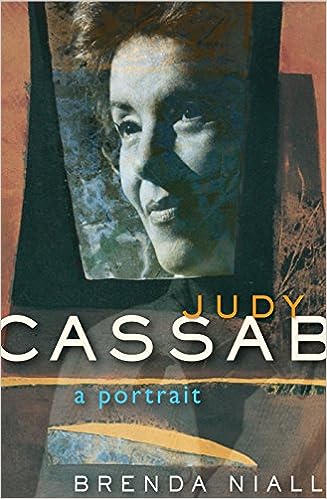
- Free Article: No
- Contents Category: Biography
- Review Article: Yes
- Article Title: The dispersed self
- Online Only: No
- Custom Highlight Text:
In Brenda Niall’s biography of Judy Cassab, the art forms of the subject and the author – life story and portraiture – are nested one in the other. As the story builds, one comes to accept that certain unsparing reflections on the subject’s personality and behaviour have as their authority Judy Cassab herself. She emerges as a heroine in a decidedly modern mode.
- Book 1 Title: Judy Cassab
- Book 1 Subtitle: A portrait
- Book 1 Biblio: Allen & Unwin, $49.95 hb, 308 pp
- Book 1 Cover Small (400 x 600):

To aid expression, she would invite friends to sit to her, an arrangement that encouraged a mutual reflectiveness, with the sitter yielding control to the artist, who was able to experiment with style and expression. Cassab developed a mode whereby the abstract working of the surface of the canvas would be separate from the drawing of a likeness. The two processes are interwoven yet apart in most subsequent portraits, though characterisation is successfully extended into the abstract form in portraits of fellow artists Stanislaus Rapotec, Margo Lewers and Paul Haefliger, for example. Perhaps only Jancsi teased Cassab’s self-critical desire to intellectualise the private self of a subject. He, more than anyone, knew the detail of her ambition and self-questioning.
Niall raises an issue of the dispersed self. Her most valuable insight in this biography is not to subscribe to the concept of an essential person. Cassab, arriving in Australia in 1951 – a translated, irredeemably displaced sub-Carpathian – acknowledged several selves: ‘My chameleon self. My con-man self. My adventurer self.’ These would be posed against the sharp thought that: ‘Without the familiar background no one is quite themselves, neither in the eyes of the others or in [their] own.’ Jancsi was pinpointed by Cassab in her diary as ‘the core of my shaky universe’. With him alone she shared a language and an eventful history. Niall divided Cassab from her anchor, asking: ‘Who was she when she was alone?’ The answer to that question was in the soliloquy of Cassab’s diary. Through the text, the diary’s speculations appear as at once the provisional explanatory mode and the spur for action.
Niall has a great talent for biography. Her prose is plain; she has not cultivated an authorial voice, nor shelved it for the sake of giving other voices sway over the text; metaphor of the adventitious kind intrudes only occasionally: her talent is to build. Between pages 90–119, one begins to comprehend what is being gathered, the events of life against Cassab’s self-reflections. The first image is of a pretty woman whose charm works miracles. To this point, childhood, marriage and survival during the Holocaust have been faithfully, if woodenly, remembered. After the Soviet Union takes control in Hungary, the Kämpfners depart for Vienna, then London and finally Sydney where, a year after arriving, Cassab breaks down. Many sound reasons could be adduced for this nervous collapse. Niall, though generally giving Cassab’s life and memories sway underneath the text, steps in to make some suggestions. Cassab’s revulsion and stage fright in 1952 may have related to the role she saw herself set to play during a period when Jancsi was disadvantaged as a New Australian. Characterisation through doubling the course of Cassab’s life with the reflections of her diary, without imposing one on the other, has occasionally required Niall to forgo the safety net of surface effects. When the biography gathers momentum, the flatness of the text to the mid-1940s acquires meaning retrospectively by contrast to the vitality with which Cassab shapes the consequences in subsequent phases of her art and life.


Comments powered by CComment